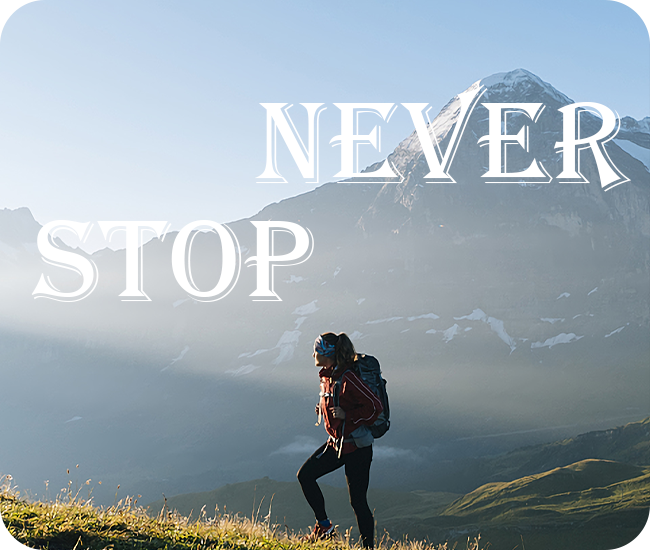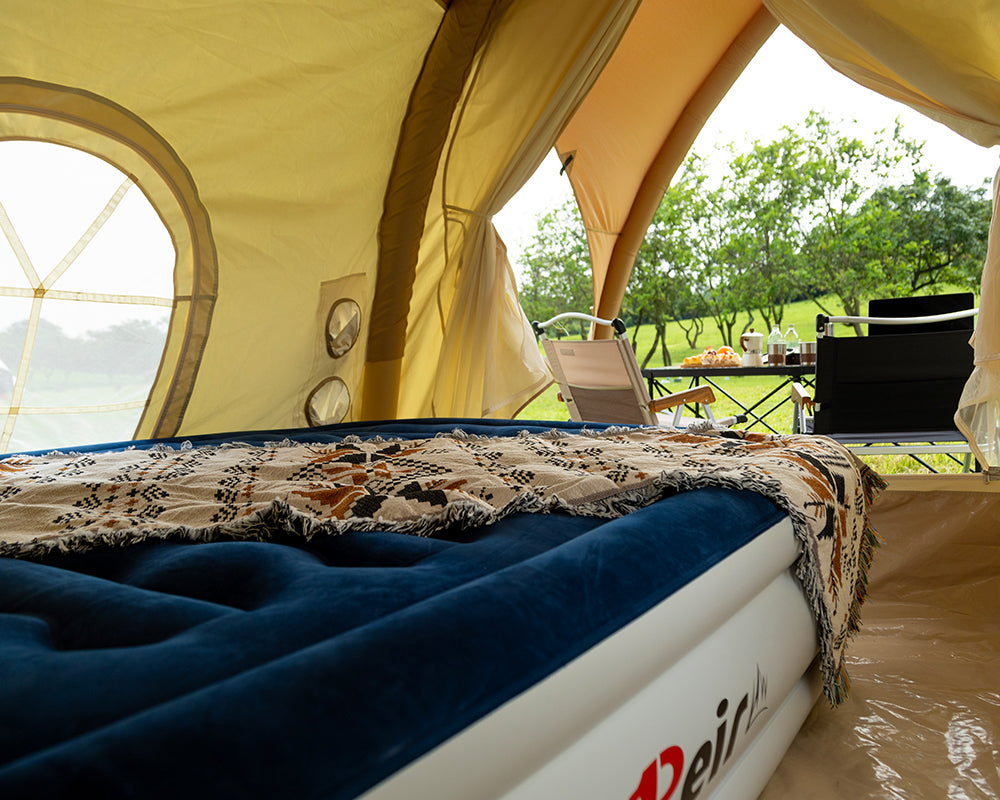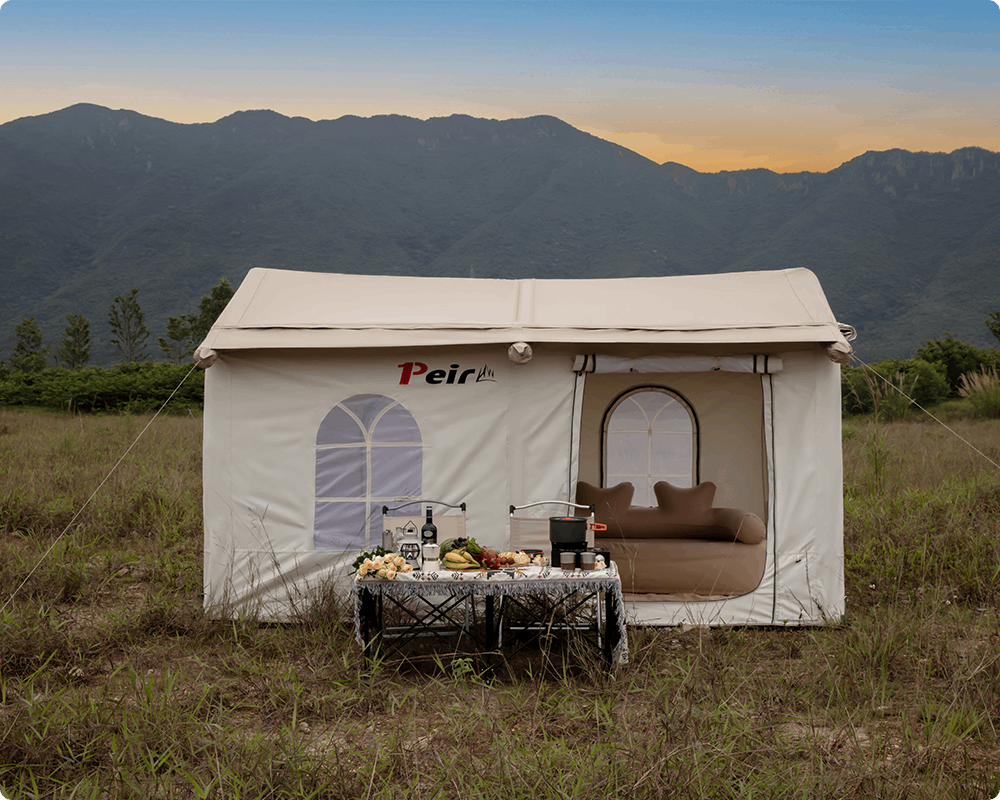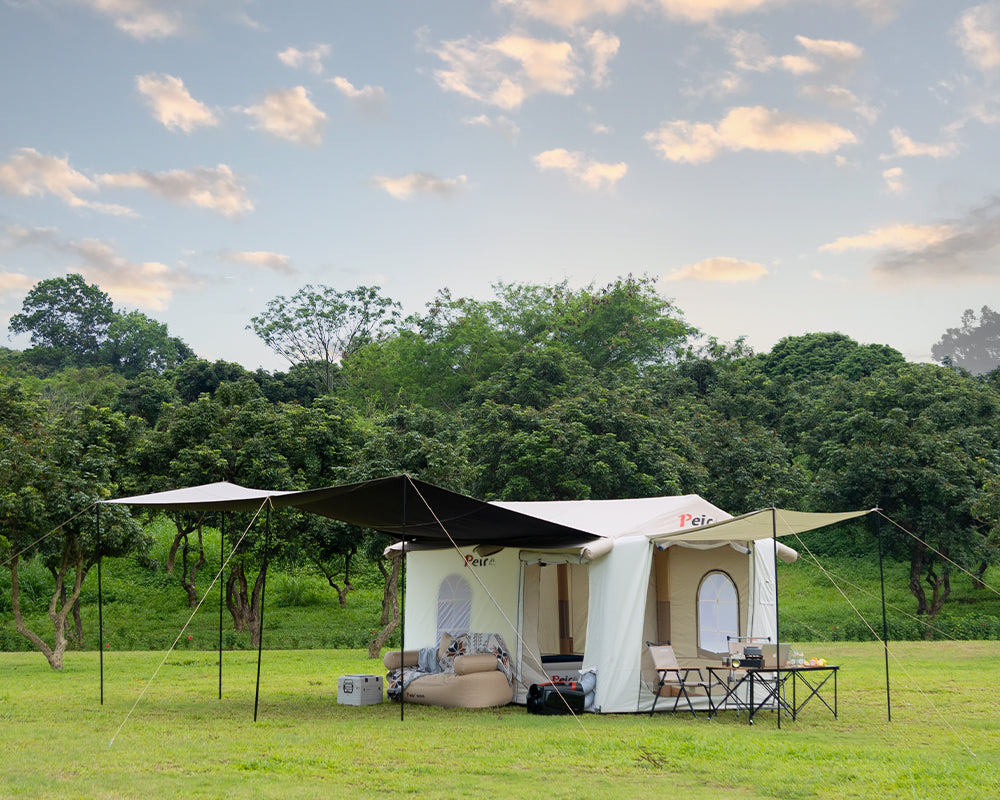For years we drove through Colorado on our way to visit my brother in California – always mesmerized by its captivating scenery, never failing to remark that one day we will add it to our road trip itinerary. Back in 2018, we made a couple of quick stops at the Great Sand Dunes and Mesa Verde National Parks. And last year, we planned to spend a couple of weeks exploring other parts of the state, but due to a family emergency we had to cut that trip short. So most of Colorado remained untouched by our hiking boots. Until this summer that is. When my brother suggested we meet up in the Black Hills of South Dakota for a family reunion, we decided that since Colorado was only a hop, skip and jump or a seven-hour drive from there, it was finally time we got to know it better.
After spending three weeks in Colorado, we only just scratched its rocky surface. But in those three short weeks we travelled from shortgrass prairie to alpine tundra, from coniferous and aspen forests to arid shrubland, from towering fourteeners to gaping canyons, from ice-cold lakes to hot springs. And with the red rocks of Colorado National Monument and Garden of the Gods, the green slopes and flowering alpine meadows of the Rockies, crystal clear lakes every shade of blue, it truly lived up to its moniker of Colourful Colorado.
It is hard to squeeze in three weeks of travels into a blog post, and some of the places and trails are definitely calling for more detailed reports. But for now, here are a few highlights from Colorado’s rich palette.
Mountains
Mountains have always held a special place in my heart ever since I went on my first backpacking trip in the Carpathians back home in Ukraine. The reasons are numerous: from their ability to elevate and ground us at the same time to the way they constantly offer a different perspective both literally and figuratively while also delivering views that are equally spectacular from the top and from down below. Then there is their formidable, yet reassuring, presence, with millions or even billions of years of Earth’s history etched into the peaks and valleys. Every time we hike in the mountains trying to decipher those stories, I can’t help but marvel at the way mountain trails with their numerous twists and turns, ups and downs, false peaks and unexpected detours mirror life itself.

With spectacular Rockies dominating a good portion of the landscape, Colorado made my mountain soul very happy. It is home to 58 fourteeners – peaks that rise more than 14,000 feet above sea level. During our trip, we tackled two of them: Mount Blue Sky in a car and Mount Elbert on foot.
At 14,271 feet (4,350 metres), Mount Blue Sky is one of the two fourteeners in Colorado that can be reached by car (the other one is Pikes Peak). The Mount Blue Sky Scenic Byway, the highest paved road in North America, takes you almost to the top. There is about 140 feet remaining that you have to cover on foot to get to the actual summit. Some people choose to start their hike lower at the Summit Lake. Since it was our first fourteener, we decided to go with the car option. I’d like to say it was easier – and I am sure physically it was – but the road up with all its twists and curves hanging over emptiness was quite an emotional roller-coaster and made me wish more than once that we’d hiked up there.
As for its beautiful name, it truly fits this fourteener’s elevated status but the meaning goes much deeper. Mount Blue Sky was recently renamed at the request of the Cheyenne and Arapaho Tribes of Oklahoma. The new name holds significance to the Arapaho known as the Blue Sky People and to the Cheyenne who hold an annual renewal of life ceremony called Blue Sky.
Mount Elbert or Sizs-up, as it’s been called by the Ute People, which means “big mountain”, required significantly more effort to get to the top. At 14,440 feet (4,401 metres), it is the highest peak in Colorado and second highest in the contiguous USA. There are several trails that lead to the summit. We opted for the South Elbert Trail. At 24 kilometres (15 miles) and 1,502 metres (5,000 feet) of elevation gain, it was a more challenging option. The upside was fewer people, and we could stay at the Lakeview Campground located close to the trailhead. It was one of the most difficult hikes I’ve ever done but walking above clouds and seemingly endless views from the top were worth every drop of sweat. .
There were also shorter yet no less remarkable trails. The most memorable of them was Red Mountain #3 near the picturesque town of Silverton. Its rusty red, orange and yellow streaked slopes provided a brilliant contrast to the forested green backs of the surrounding mountains.

Canyons
The canyons of Colorado are no match size-wise for their more famous cousin in Arizona, but the red and orange rock formations of Colorado National Monument more than hold their own when it comes to appearances. They reminded us of the similarly striking landscapes of Utah, probably because they are all part of the Colorado Plateau, often called the Red Rock Country. Unlike Utah’s Mighty Five national parks or the Grand Canyon, Colorado National Monument comes with significantly smaller crowds. The heat, however, was the same. Luckily, the Rim Rock Drive and short trails allowed us to enjoy this park’s beauty without the exertion of strenuous hikes. And a short walk from our campsite offered spectacular backdrops for sunsets and sunrises.









The Black Canyon of the Gunnison, another canyon we visited during our trip, couldn’t be more different than the Colorado National Monument, even though it’s located only a couple of hours away at the eastern edge of the Colorado Plateau. Unlike the bright sandstone walls of the Red Rock Country, the Black Canyon of the Gunnison is primarily composed of gneiss and schist with pegmalite and quartz intrusions. It is also deeper in many places than it is wide, which separates it from most canyons in the western US and makes for a striking sight. We only had a little over an hour to spend here so a scenic drive along the South Rim with a few stops along the way was all we could do. But it definitely spiked our interest and we vowed to come back for a longer stay.

Water
The story of rock is always intimately connected to the story of water. In the mountains, water is constantly at work reshaping this seemingly impenetrable landscape: meandering rivers that carve valleys between towering peaks and split hard rock into deep canyons, boisterous streams that tumble down steep walls, alpine lakes fed by snowmelt and glacier runoff.
The many alpine lakes we visited on our hikes never ceased to amaze us. They came in stunning shades of blue, aqua, turquoise, cyan, cerulean, emerald, teal, often with perfect reflections of the surrounding mountains. With each lake we visited we thought it would be hard to top that, yet the next one inevitably took our breath away (although it could be partly due to the challenging hikes to get there).












Trails
Speaking of hikes, there was no shortage of those: from short, easy walks to long, strenuous treks with thousands of feet of elevation gain. There were trails cutting through aspen and pine forests, paths winding through alpine meadows and open tundra, endless switchbacks clinging to mountain sides and dirt roads zigzagging their way to the top, paved trails and barely visible treks through boulder-strewn fields, creek crossings and, on one memorable occasion, a waterfall to climb. There were exhilarated walks above clouds and pathfinding through them. There were early morning starts, sometimes still in the dark with flashlights pointing the way, and those most challenging last steps before the summit. And yes, final destinations always made the challenges and early wake-up calls worth it, but so did the views along the way.























Wildlife
This trip was wildlife galore: round-eared pikas stashing foraged plants under rocks for winter months, endless parade of yellow-bellied marmots waving their bushy tails between rocks, white mountain goats scaling rocky slopes, a herd of elks grazing in the tundra against hazy ridge outlines, a pair of moose wading through wetlands occasionally looking up as if surprised by the crowds they attracted, bighorn sheep trotting by our car, spotted baby deer peeking through tall grasses, tiny lizards sunning on rocks, trout darting in crystal clear waters, coyotes yapping at night. Each one of those encounters brought so much joy and always attracted crowds of hikers, reminding us all that we share this beautiful planet with many species that go far beyond humankind.
Alpine Meadows
Judging by flowering meadows that lined Colorado’s mountain slopes we picked a great time for our trip. They were the reason our hikes took longer: I kept stopping to marvel at and photograph flowers every few steps (and yes, it was a great excuse to take a break). Some were familiar, some completely new to us. Each one – uniquely beautiful. Fragile yet inventive and tough as it takes a lot of stamina and adaptive skills to thrive in harsh alpine and subalpine environments. I couldn’t get enough of my favourite daisies and their lookalikes, leafy asters. Dainty columbines, Colorado’s state flower, came in hues ranging from white to soft lavender. A myriad of yellow flowers were scattered across the ground like little suns: from golden asters and dwarf goldenweed to alpine goldenrod and avens. King’s crown and rose crown stunned with their royal gracefulness. So did the aptly named purple fringe. Rosy paintbrush spotted a rich colour scheme from pale pink all the way to magenta. Together, they created a rich tapestry – a proof that nature’s artistic talents can be found in small worlds under our feet, just as much as in sprawling vistas.

















Time
Our travels are always a kaleidoscope of new sights, places and experiences. Yet the biggest gift our trips give us is the gift of time – those moments of shared awe and wonder, quiet moments to enjoy coffee against striking backdrops or catch up on reading on a trail while waiting for your very slow parents, moments of joy, moments of silliness, moments of connection and togetherness. Colorado with its seemingly eternal rocks that hold eons of years worth of stories reminded us yet again of how fleeting our lives are, how important it is to cherish the present moment, how crucial to make time for the people we love.




























Now that we are back in Toronto at its meagre 76 metres above sea level, mountains have been replaced with highrises and alpine meadows with flowers in our balcony garden. But we are trying to keep that elevated outlook, to look for moments of connection in our increasingly busy lives and to see majestic in the everyday.
Itinerary
Our home is where we pitch our tent. And on this trip we got to pitch it in some pretty spectacular places.
Rocky Mountain National Park
Located in the northern part of Colorado, Rocky Mountain National Park was the first stop on our Colorado itinerary. It is one of the most visited parks in the US so getting a campsite here was not an easy task. By the time we got to planning our trip in April, all campgrounds were booked solid. Luckily, the park releases a few spots two weeks (and then again one week) prior to the arrival date. With decades of campsite booking experience under our belts and some tricks we’ve learned along the way, we managed to book a beautiful site at the Glacier Basin Campground. Campsite reservation came with the Bear Lake Corridor permit. If you are not staying in the park, a timed entry permit is required. To reserve a permit or to book a campsite.

Since it was the beginning of our trip, we took it slow to give our bodies time to adjust to high altitudes. Over three days, we drove the Trail Ridge Road, hiked to Dream Lake, Lake Haiyaya and Bierstadt Lake, then finally, took on the Sky Pond and Andrews Tarn trails.
West Chicago Creek Campground and Mount Blue Sky
This small, quiet campground is located just south of Idaho Springs and is a good base for visiting Mount Blue Sky.
As I mentioned before, the summit of Mount Blue Sky is one of the two in Colorado that can be reached by car. A permit is required to drive to the summit of Mount Blue Sky.
Colorado National Monument
We left the Rockies for a couple of days and drove all the way to the western part of Colorado to visit the Red Rock Country. We stayed at the Saddlehorn Campground in Colorado National Monument, a short drive from Grand Junction. Our campsite backed onto the Fruita Canyon and had the most spectacular views of the Grand Valley.



In addition to the views from the Rim Ridge Road and short but spectacular hikes (Devil’s Kitchen was our favourite), we enjoyed attending an astronomy program where we got to study the wonders of the Universe through telescopes and hear lots of stories from park rangers and volunteers.
We also wanted to give a shoutout to our favourite breakfast spot in Grand Junction – Spoons Bistro and Bakery. We discovered it last year and couldn’t wait to go back.
Ouray
After the heat of the Red Rock Country, we were happy to return to the cooler temperatures and higher elevation of the Switzerland of America. We spent two nights in a cabin at the KOA campground. It offered a good base for hiking the Blue Lakes Trail, as well as a spot to regroup and do laundry.

We also visited the historic town of Ouray where we had a fantastic dinner at Mi Mexico restaurant and ice-cream from Mouse’s Chocolates and Coffee.
South Mineral Campground near Silverton
The campground is only an hour away from Ouray down the famous Million Dollar Highway. When researching the trip, we heard a lot about the “scary” Million Dollar Highway but after our drive to Mount Blue Sky it was child’s play.
The South Mineral Campground is one of the most popular in the San Juan National Forest. And it’s easy to see why. Sitting by the eponymous South Mineral Creek, it offers spectacular views of the surrounding mountains. It is also located near the Ice Lake Trailhead so staying here means no need to drive in the morning and worry about a parking spot, which can definitely be an issue, especially on weekends. The downside is that there are only 26 campsites and they are all first-come, first-serve. Apparently, people arrive early (sometimes as early as 6 a.m.) to get a campsite here. We didn’t know that and showed up around noon, yet, somehow, were lucky to get the last spot.



If you aren’t as lucky, there are also lots of dispersed (free) campsites along the road to the South Mineral Campground. If you do manage to get a campsite here, make sure to hike up the creek to a series of beautiful waterfalls.


Just like Ouray, the nearby town of Silverton is another historic mining town and merits a visit. The two coffee shops we enjoyed: Coffee Bear (comes with delicious breakfast burritos and spectacular views from its rooftop terrace) and Elevated Coffee Company (offers truly great coffee and chill vibes).
Pagosa Springs
As the name suggests, Pagosa Springs is famous for its hot springs, including the deepest one in the world. We added a couple of nights here to take a break from all the hiking and pamper our muscles before tackling the most challenging trail of our trip to the summit of Mount Elbert.
The fancy Springs Resort was slightly above our budget so we stayed at the Healing Waters Resort and Spa across the street. In addition to separate rooms, they offer small cabins at the back of the property, which we loved. Since the goal was to relax, we didn’t do much except for taking walks along the San Juan River, swimming in the river (thanks to hot springs it was warm enough to get in unlike all the alpine lakes on our hikes) and soaking in the pool and hot tub at our resort.

We also visited the nearby Chimney Rock National Monument, an archeological site that offers a glimpse of Ancestral Puebloans’ lives. This location is less famous than Mesa Verde (we didn’t know about it until we saw signs on our way to Pagosa Springs) but it is definitely worth a visit.


And if you are looking for good coffee in Pagosa Springs, we can’t recommend Root House Coffee + Shop highly enough. Their house latte was my favourite drink of the entire trip.
Lakeview Campground near Twin Lakes
The Lakeview Campground sits at the base of Mount Elbert, Colorado’s highest peak, close to the South Elbert Trailhead. From our very spacious campsite, we could see Twin Lakes peeking through the trees down below and mountains towering above.


While hiking Mount Elbert was our main reason for staying here, Twin Lakes reservoir is a great spot for water activities. And a visit to the town of Leadville, the highest incorporated municipality in the US, is a must. High Mountain Pies offers delicious pizza. And cleverly named City on a Hill is a great spot for coffee. We even brought some of their beans home to add that elevated feeling to coffee breaks on our balcony.

Colorado Springs
This was our last stop before heading back home. With two days of driving ahead of us, we decided to take it slow so our itinerary was very lean. We spent the day at the Garden of the Gods followed by a delicious dinner at Crystal Park Cantina and early bedtime at our KOA cabin.




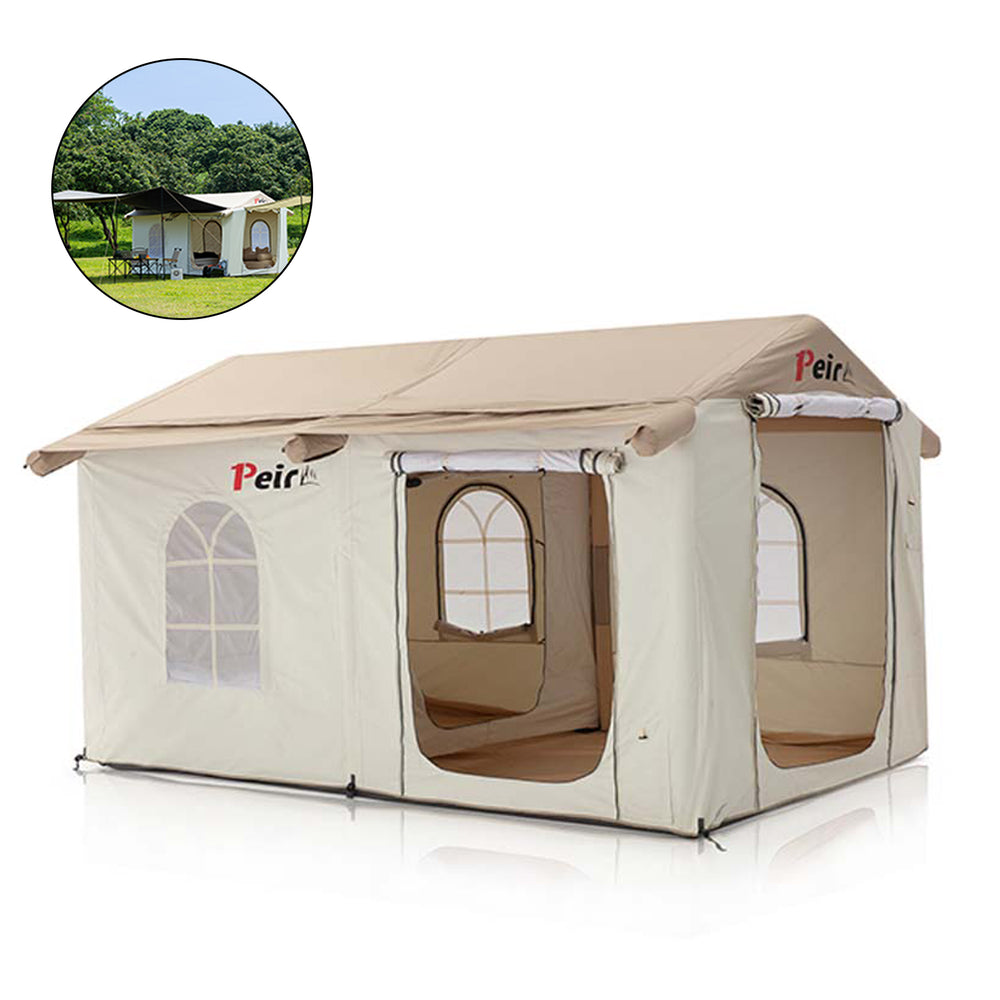

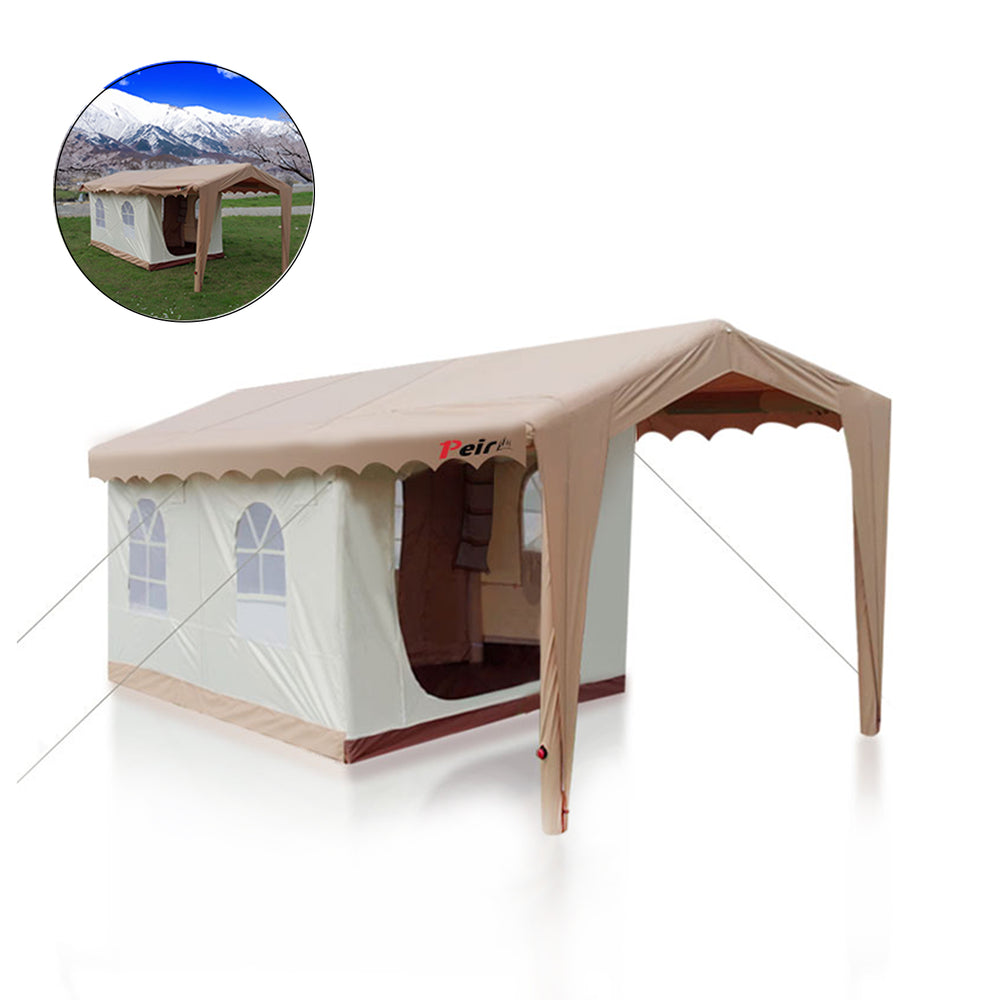
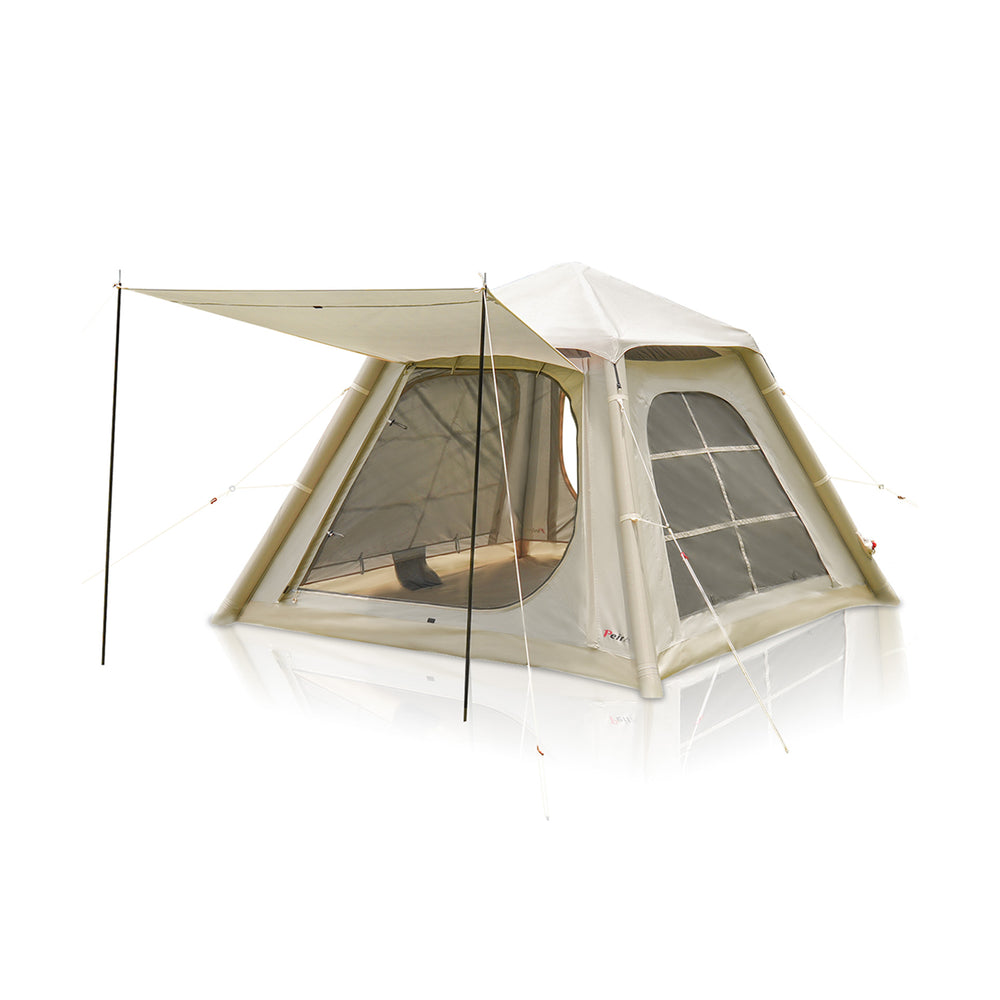
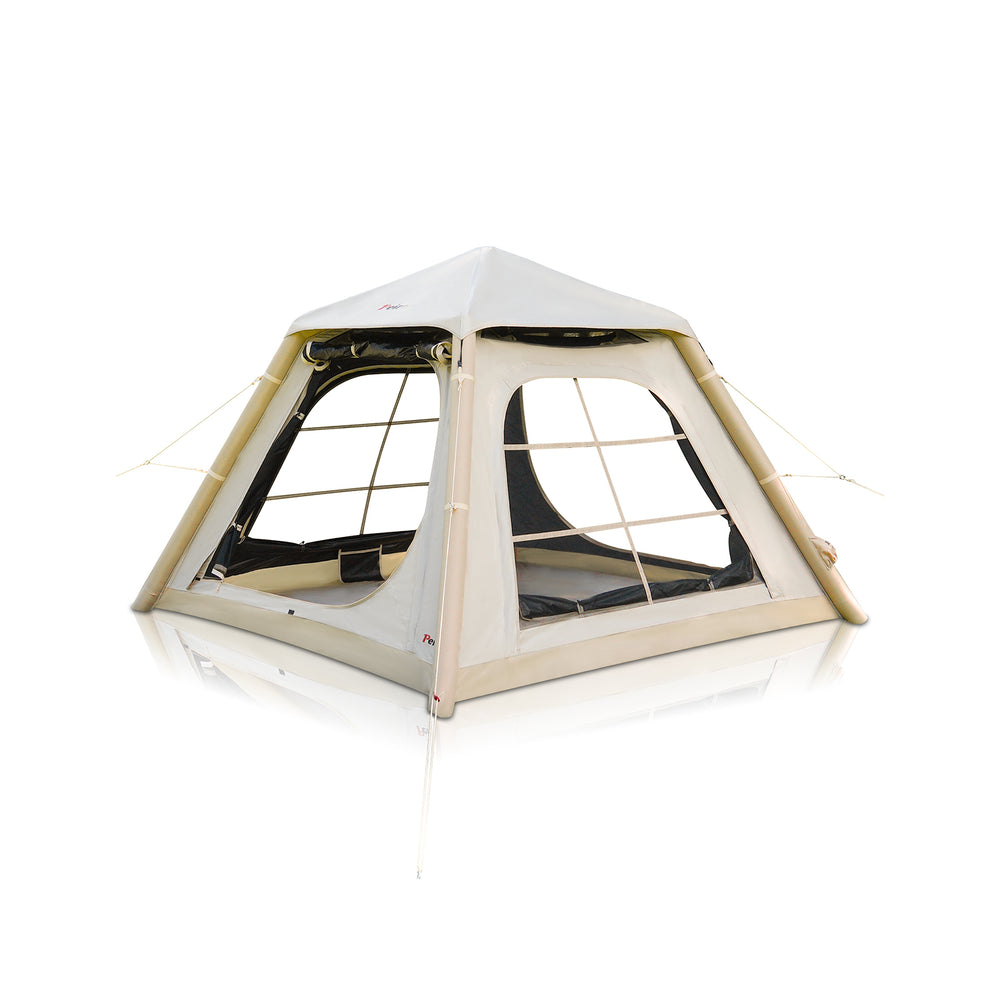

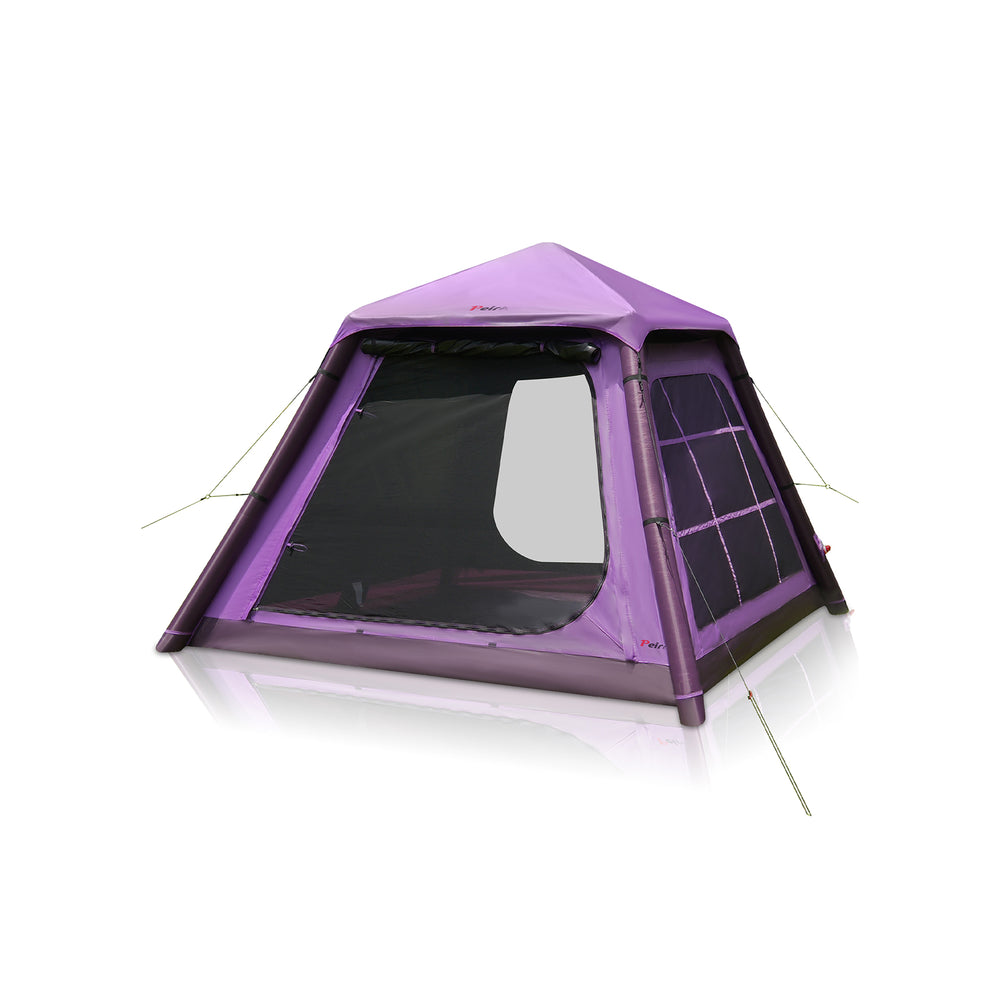
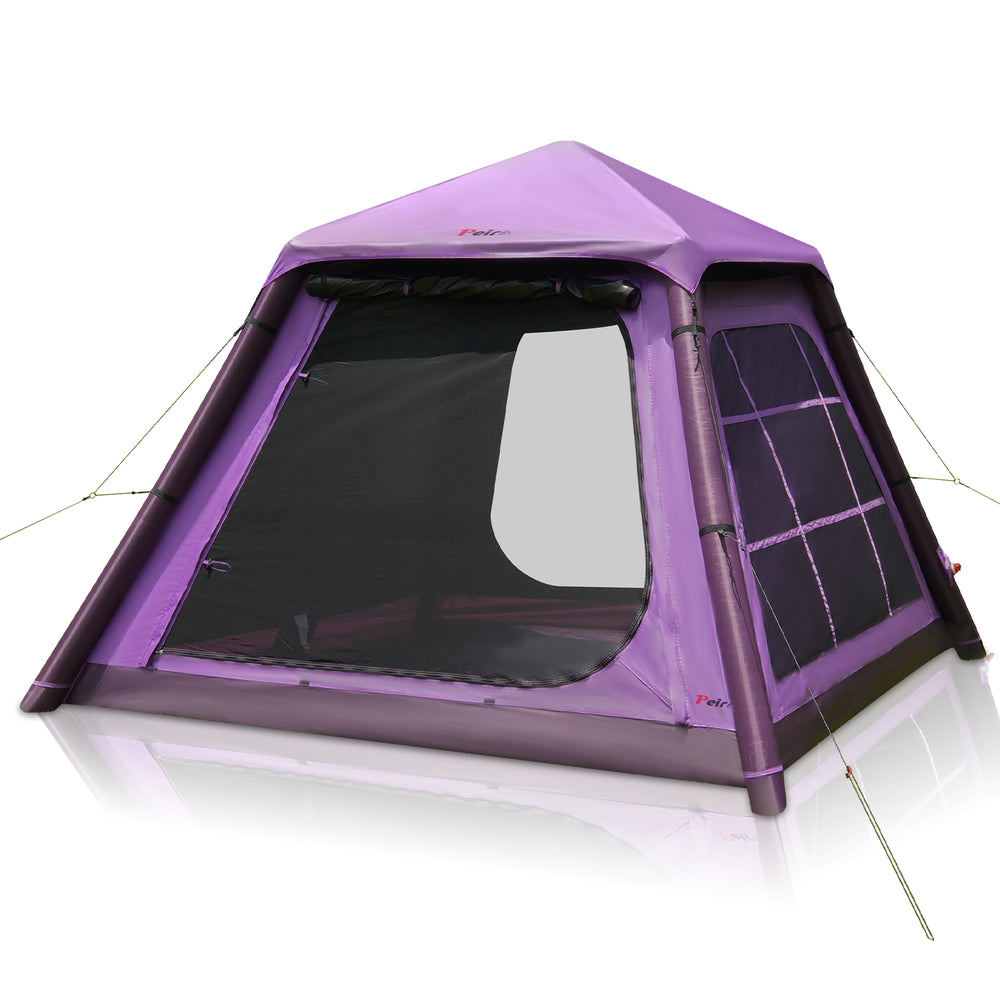
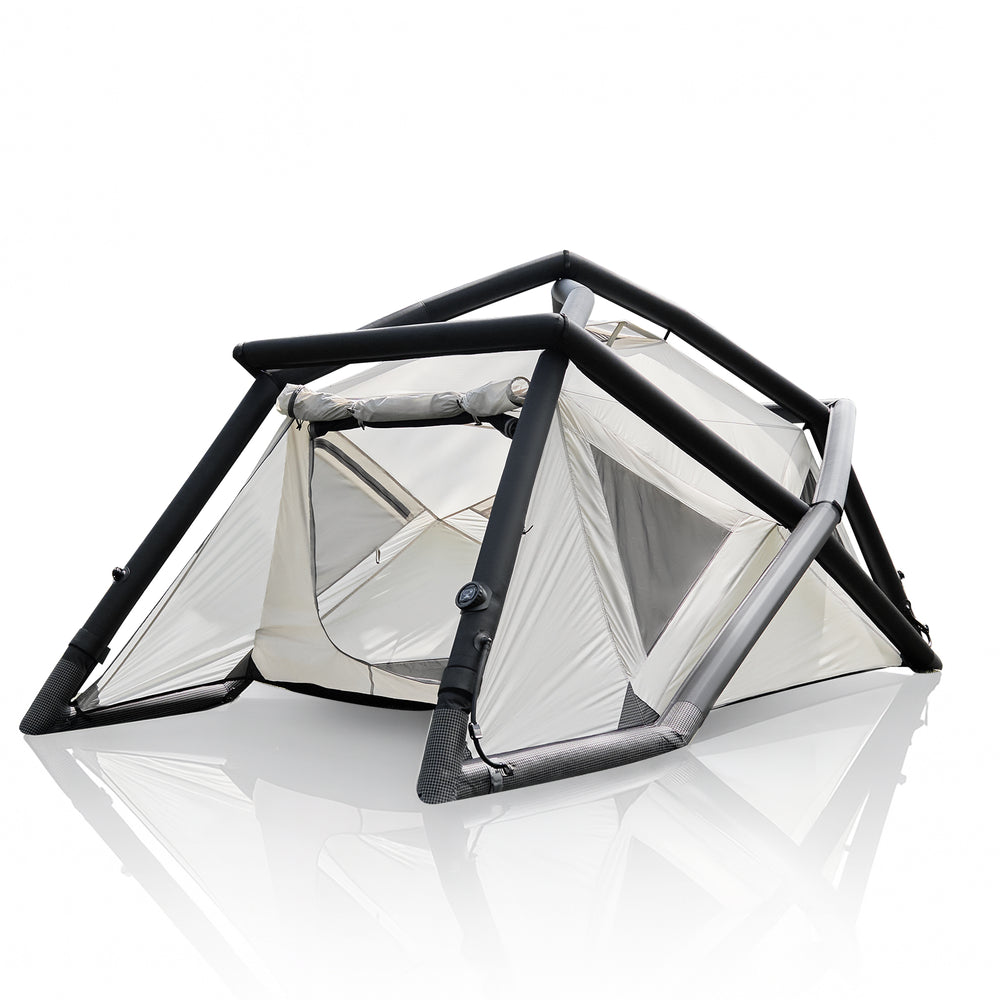
 Peirhw Inflatable House Tent - Starry Night Love
Peirhw Inflatable House Tent - Starry Night Love
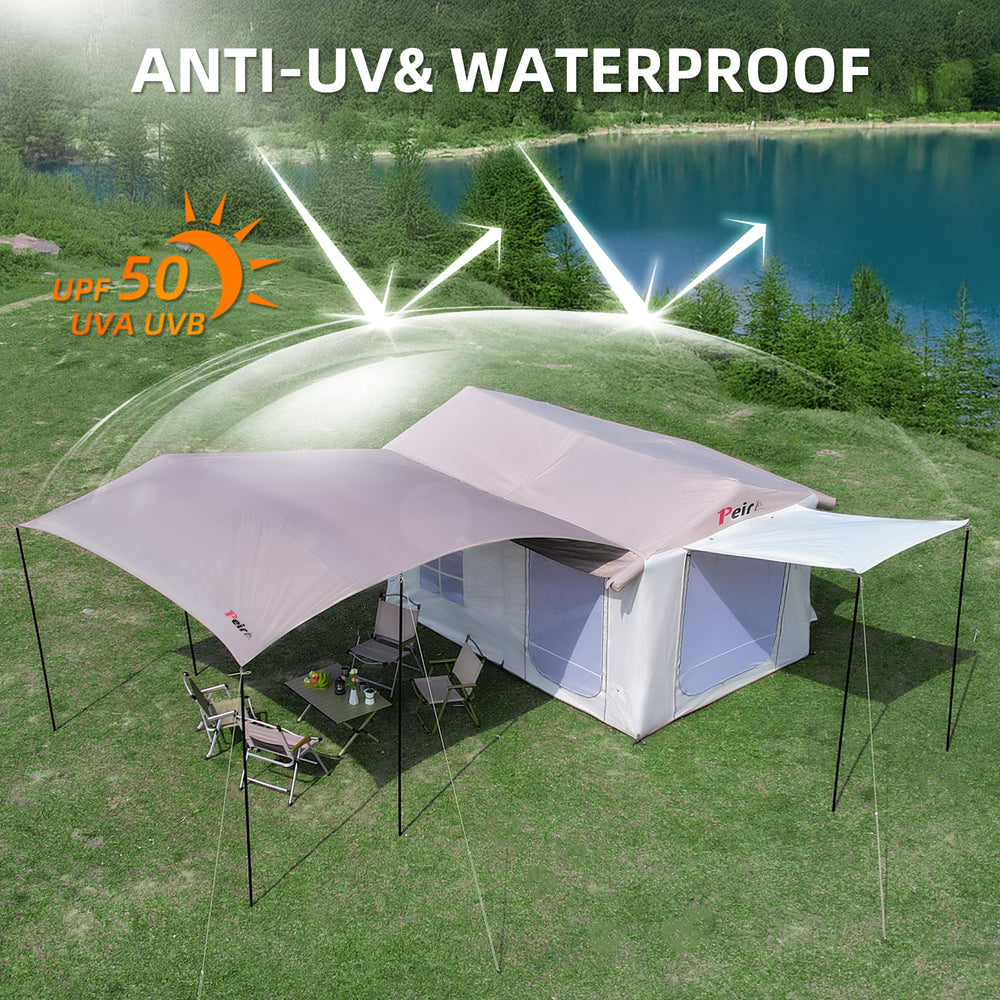 Peirhw Glamping Tents - Friendship Castle
Peirhw Glamping Tents - Friendship Castle
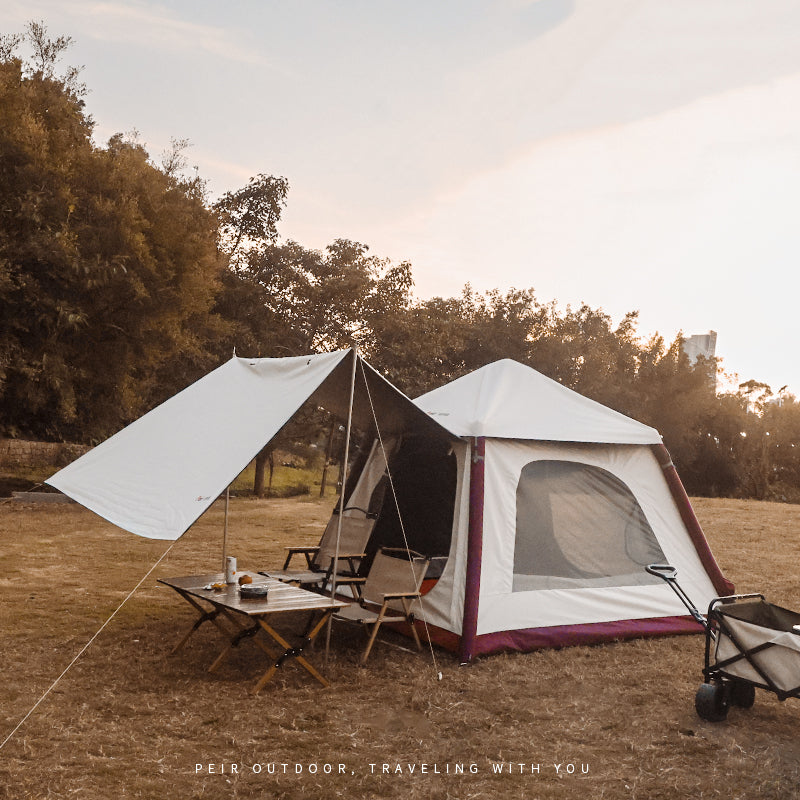 Peirhw Inflatable Canopy Tent - Adventurer
Peirhw Inflatable Canopy Tent - Adventurer



 Peirhw Portable Air Conditioner
Peirhw Portable Air Conditioner
 【Advance Sale】Peirhw Portable Power Station 2400W
【Advance Sale】Peirhw Portable Power Station 2400W
 【Advance Sale】Peirhw Portable Power Station 600W
【Advance Sale】Peirhw Portable Power Station 600W


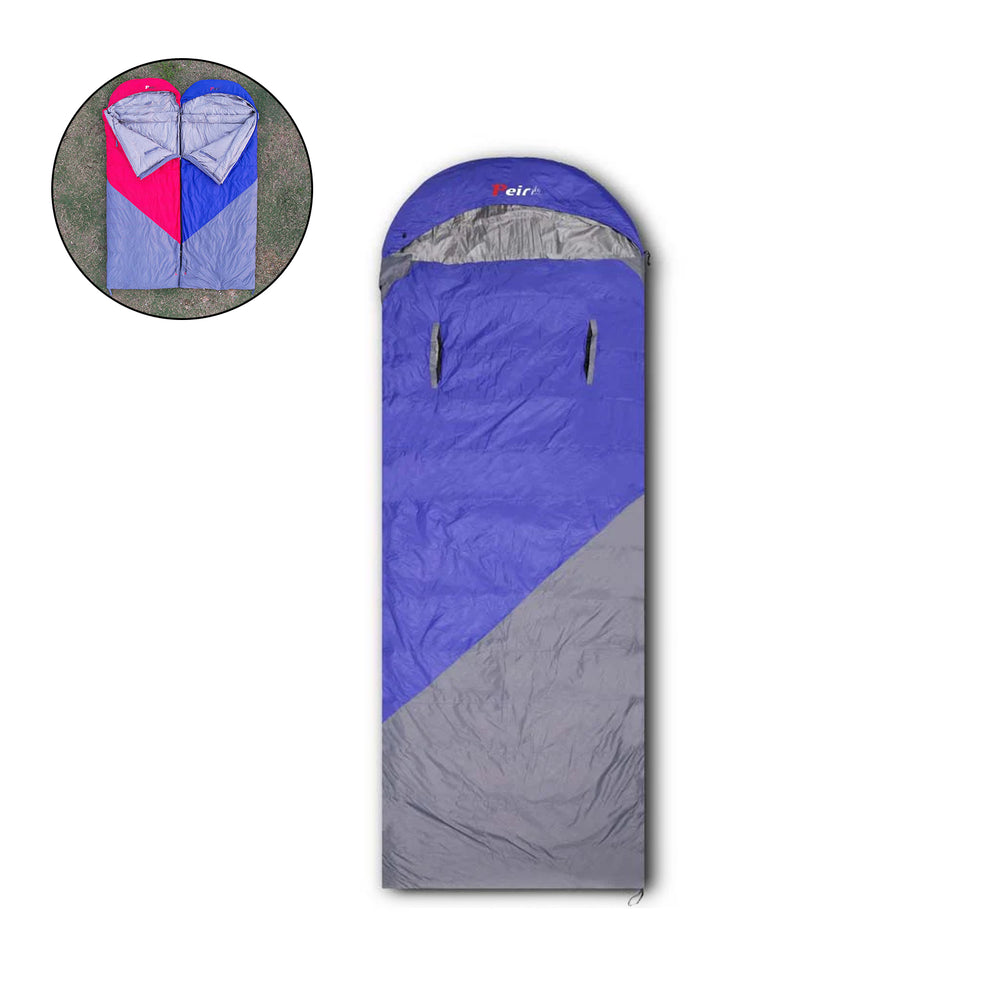
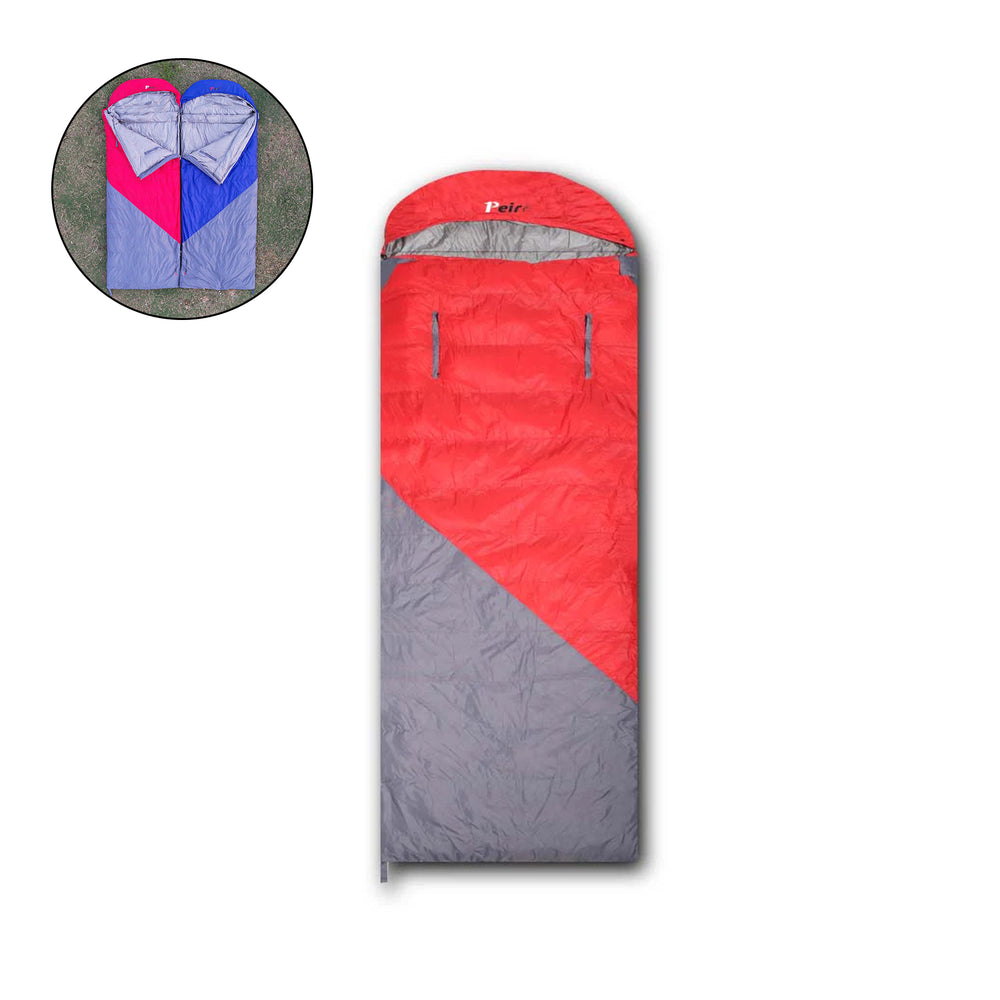
 Peirhw Self Inflating Sleeping Pad
Peirhw Self Inflating Sleeping Pad
 Peirhw Air Mattress (8" Queen Type)
Peirhw Air Mattress (8" Queen Type)
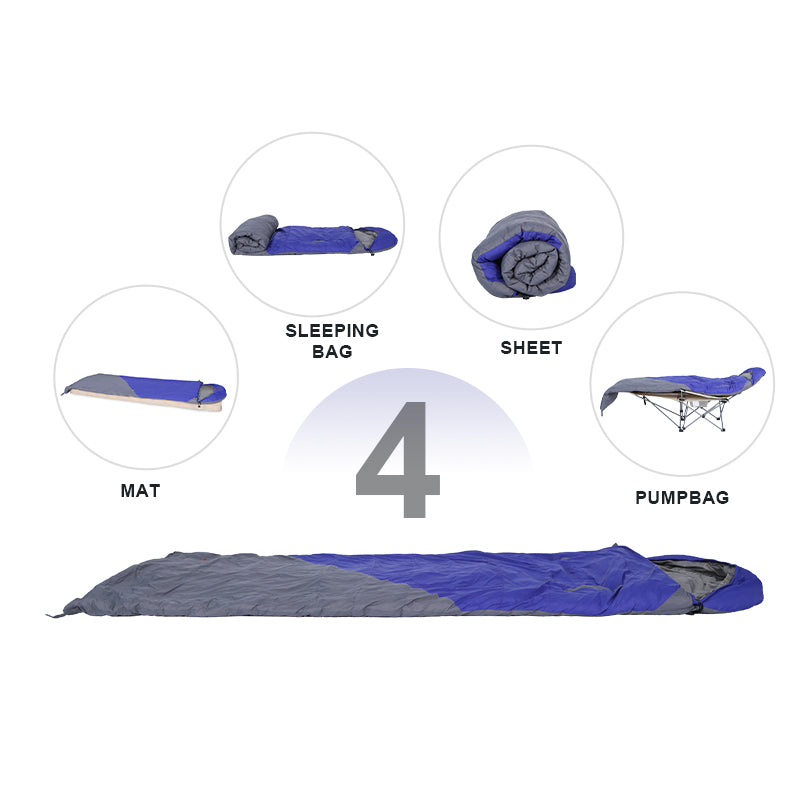 Peirhw Camping Sleeping Bag
Peirhw Camping Sleeping Bag

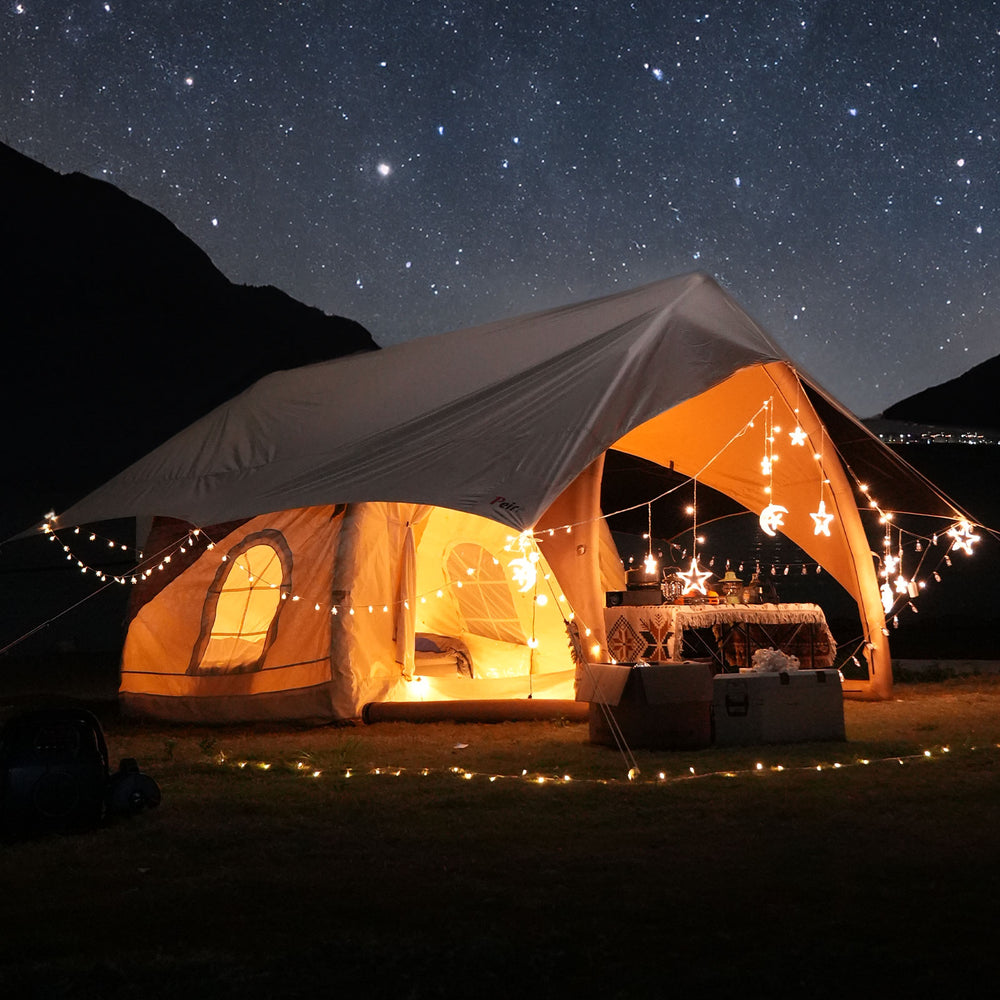
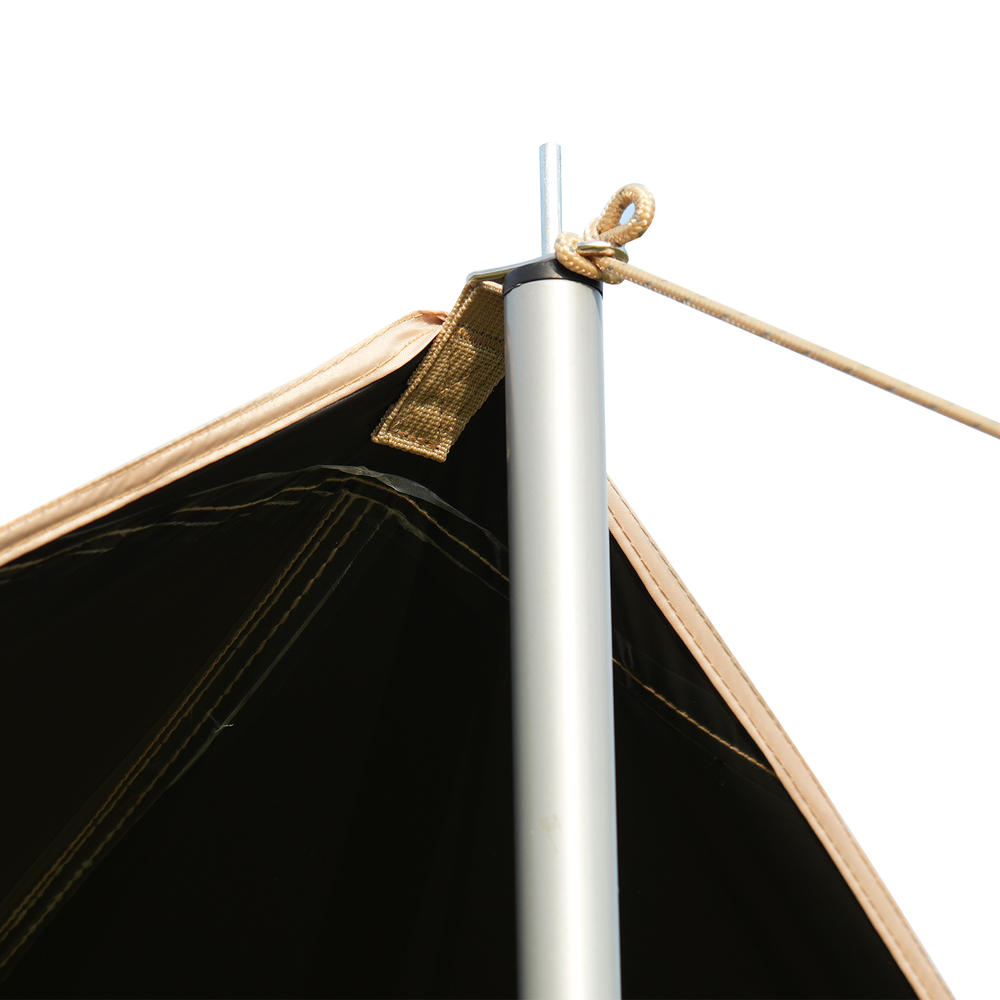 Peirhw Butterfly-shaped Canopy for Camping
Peirhw Butterfly-shaped Canopy for Camping
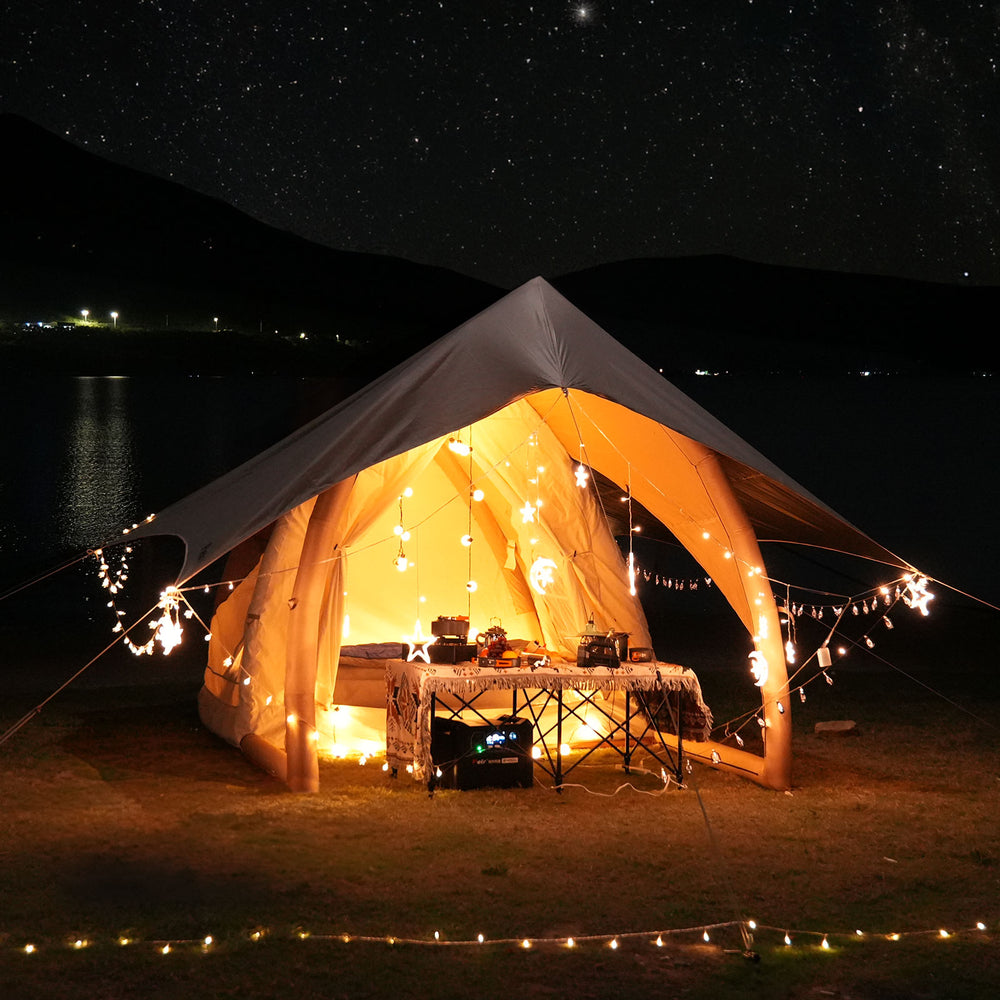 Peirhw Camping Waterproof Canopy (Cannot be Purchased Separately)
Peirhw Camping Waterproof Canopy (Cannot be Purchased Separately)
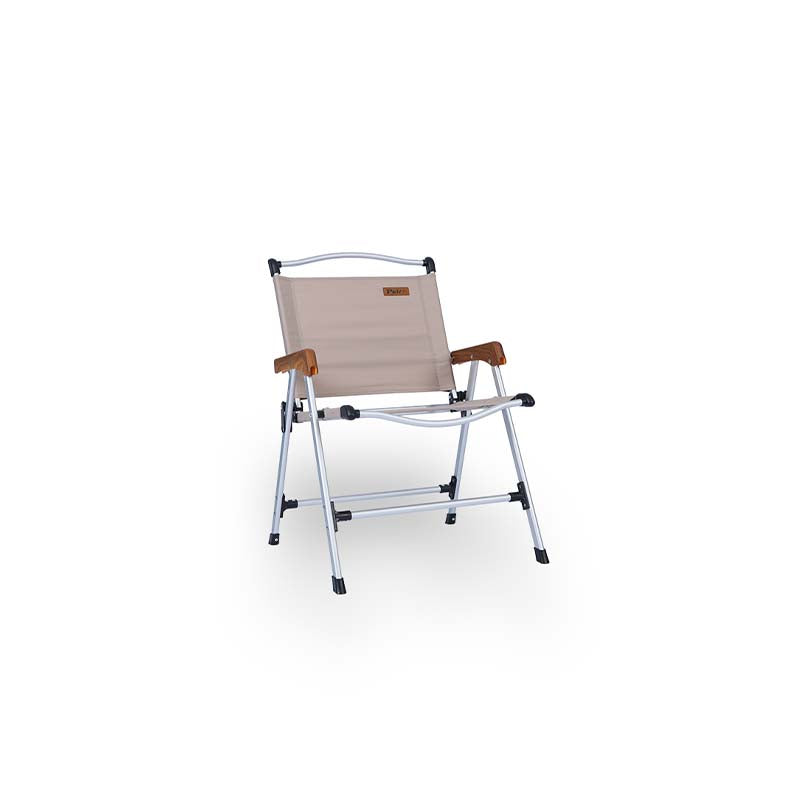
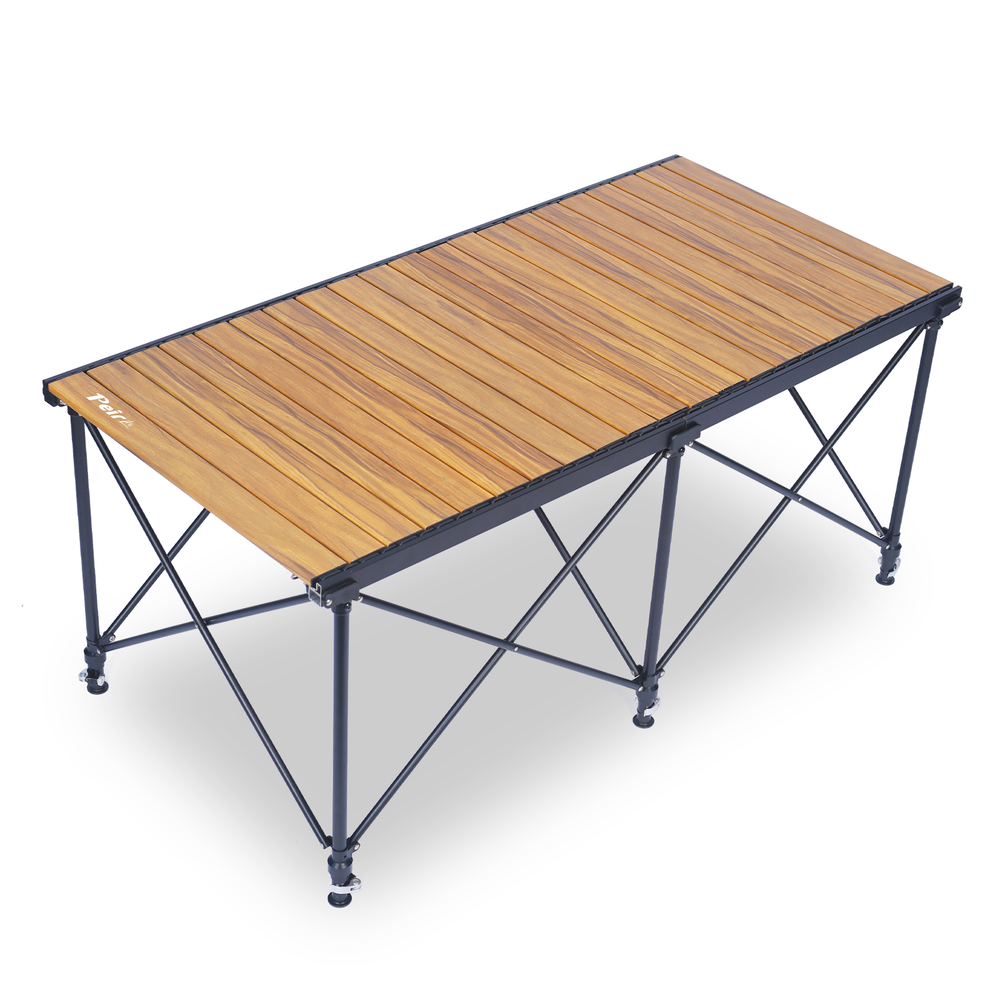
 Peirhw Outdoor Folding Chairs
Peirhw Outdoor Folding Chairs
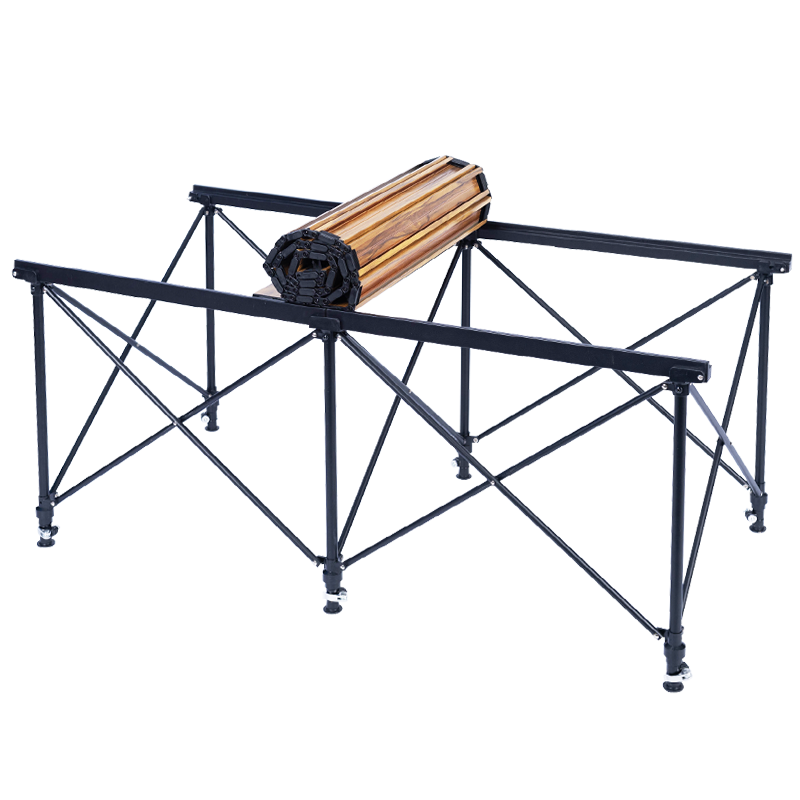 Peirhw Folding Camping Table
Peirhw Folding Camping Table



